HAIKAST X – The Democracy Experience
I ran for City Council earlier this month. On the Sunday before the election, I decided to walk the outdoor labyrinth and then I went home to write, rather than continuing to seek, knock, and ask my way into office. This is an edited version of what I wrote while in that moment:
Beautiful fall day in early November. After 3 months of knocking on over 1,000 doors, I find myself sitting on my front porch, compelled to capture this moment of tension, 48 hours before the final votes are cast.
I’ve never run for a political office. This year, I finally succumbed to the drumbeat of people telling me that I have the right personality and patience to do the job.
This is what I have come to understand – people care deeply for their neighbor, but aren’t sure what is best for others. In that quandary, some think that people should trust in self organization and caring for each other, free from the restrictions or requirements of a governmental authority. Others see the mounting needs of others in society and see great value in a public institution that cares for those who struggle.
I believe that humans have the capability and responsibility to organize effective governance so that the plight of poverty is diminished in civilization. But we must be actively engaged in our democracy to make this aspiration possible.
I am at peace with my participation in this democratic process. I entered this campaign focused on meeting my neighbors, sharing my story of developing my leadership sensibilities during the city’s flood recovery, and focusing on affordable housing, the mental health matters initiative, supporting Nexus Park and the associated economic development around the area, and meaningful participation in the local climate alliance. I’m committed to the work of Landmark Columbus for preserving our cultural heritage and advancing design principles in our civic life.
Getting votes can have a corrupting influence on the imagination. It’s easy to weigh every decision as an opportunity to gain as many votes as possible. And if not careful, it’s easy to start objectifying and stereotyping people in the process. Asking yourself, who should I and who should I not care about in this time-constrained endeavor to win?
At some point about a month ago, I let go of the pressure to win and focused on the process. It is more about paying attention to democracy and less about politics. To care about people voting and wanting to be educated about the issues. This does not need to be a popularity contest.
When people talk about democracy dying, I think it’s because we have turned our minds towards the abstractions of national politics and not towards the relationships that can be formed between voters and their elected officials. It is easier to have that relationship building value in a city election. I’ve been able to meet a large percentage of the people who live in this neighborhood. I have the experience of listening to and caring for all of the perspectives that have been expressed to me along the way. People have respectfully disagreed with me. Some have not been able to engage in conversation at all due to my party affiliation. Others have been willing to listen to change their mind. I’ve had big smiles and high fives and invites into homes.
I grew up in this district on Woodfield Place, went to school, bought my first home, attended church, and settled into this home with Jen for the past 11 years in this district. I raised my children here. It’s been an honor to meet so many people who create the fabric of my existence. Who help keep me safe, who provide joy with their house decorations, who work to make this community better.
I’m unconventional – more of an artist than an economist. I would like to think that I have the best designed signs among all the candidates. I’m not the best public speaker and I still get butterflies every time I think about knocking on doors.
Today is the first day that I did not feel those butterflies. It’s the first day that I felt like I can rest and reflect without agonizing about what I could have done. And maybe I will lose this election by a handful of votes that perhaps I would have gained had I walked around this neighborhood today. It’s impossible to know.
I’ve approached each day as an underdog. Wondering if I could push past the 50% mark by Election Day. I kind of imagined this Sunday as a mad dash to win – skipping church, maybe skipping lunch and galvanizing an army of people to knock on doors with me. But I did not do that. I have watched the shadows on this day. I’ve reacquainted myself with the flowers that have browned and grayed since their full blooms were on display when I first started this campaign. They have lost their energy and are giving back to their roots, preparing for the inevitable winter and dormancy. They will emerge in the spring. I will too.
I’m not sure what will happen and I’m at peace with the public making that choice for me. I would like to think that my life won’t be dramatically different whether I win or lose. With a win, I have a council vote. If I lose, I will continue to be an advocate. Either way, at the top of my mind is serving the public in a way that is genuine, full of care, and curious about how to shape a community to be better connected. We all sit somewhere in this vast web of Columbus and we are inextricably linked. I have learned that more than ever over the course of this year. There is no way to separate each other from the reality of a shared destiny.
I chose a campaign slogan of “Listen. Learn. Lead.” to calm my nerves and to be a reflection of who I am. It’s easy to get caught in the desire to be an aspiring omni-everything leader. Great in front of the audience, great in front of the computer, great in the subject matter of public opinion, and connected to the important people – able to get things done. But the reality is that most of us only have the capacity to excel in a few of those skills. I am at peace with listening to the themes of this community and being humble enough to not have immediate answers. I hope that I encourage new people to come to public meetings to help serve the greater good.
I will be walking away from this season having learned that I’m a listener – or at least aspire to be. To accept a leadership style that is perhaps a little less driven by ego and more by a desire to empower others – not for me to be at the center, but for the connections that emerge to be the motivation for positive change.
I’ve not talked directly about the environment perhaps as much as I would have liked. I will close by saying that I want to think about all of life as my constituency. Everything that pulses and contributes to the ecosystem has a voice and purpose that is worthy to be listened to and upheld. To be a part of the conversation of creation. We are stewards of something that we did not create. How do you create a sense of stewardship over all that we are connected to, human and non-human? It’s about seeking relationships with those who struggle, who have a voice, but are not heard, and are asking for our help.
Between knocks on porch
Calm before conversation
The person cares here
I lost the election by a 48% to 52% margin. I was glad to see the newspaper print an editorial a few days later with that begin with this sentence:
“Eric Riddle was not victorious in his bid for a seat on the Columbus City Council, but on election night Nov. 7, his prevailing opponent, Kent Anderson, said Riddle was a winner.”
This quote captured my intentions in campaigning – to build a positive relationship with my neighbors and with Kent Anderson – who despite being my opponent, I referred to as my running mate.
I look forward to supporting Kent and the community in whatever capacity best suits my abilities. I’m proud to have accepted an invitation to be a Mental Health Matters Ambassador in Columbus. Perhaps that will be more impactful for me to be doing over the next 4 years!


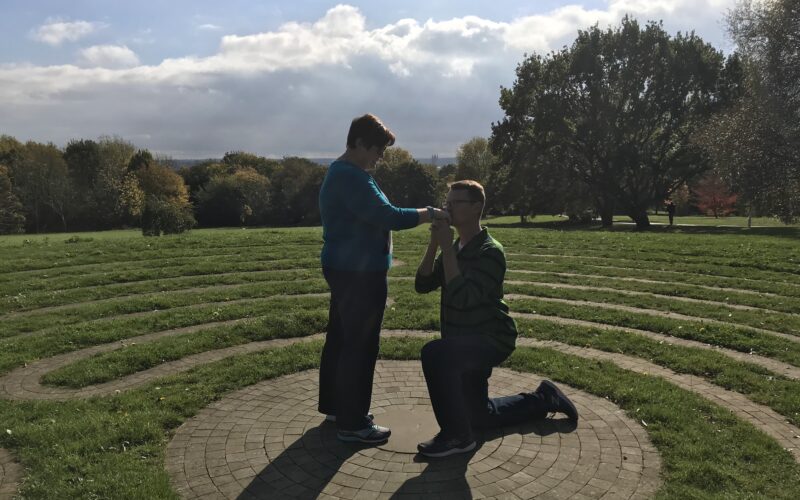
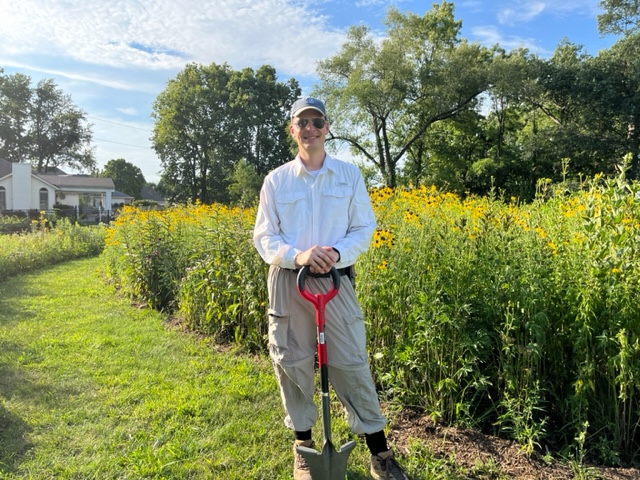
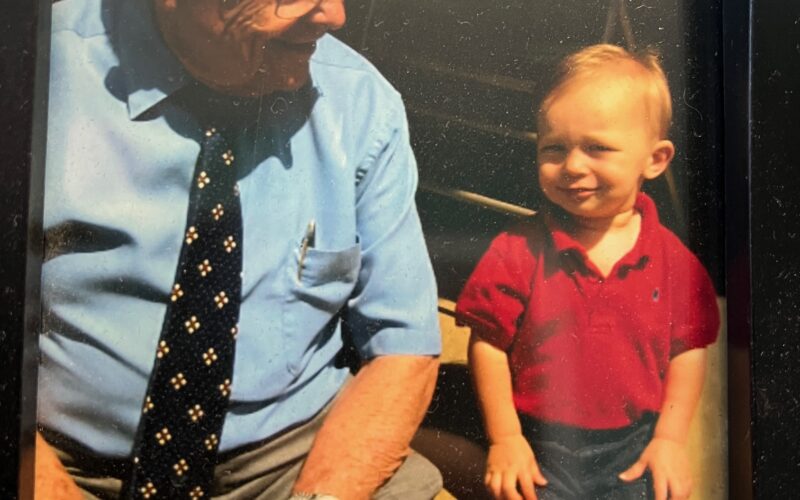
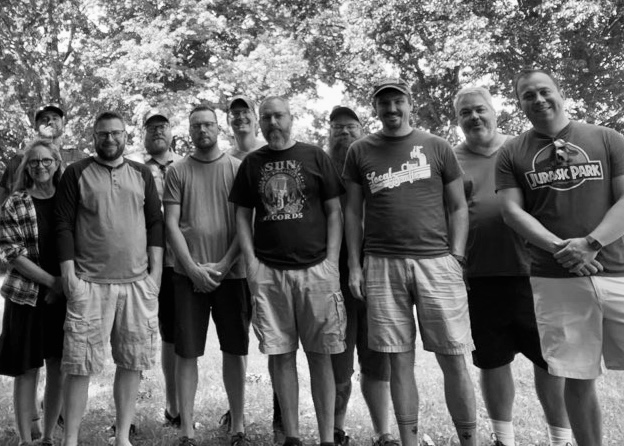
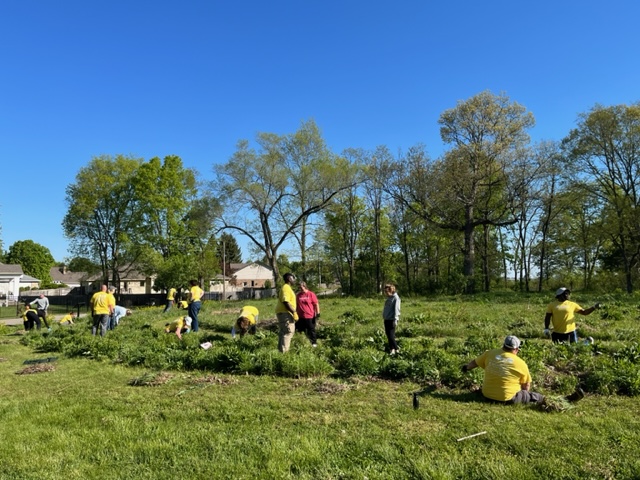

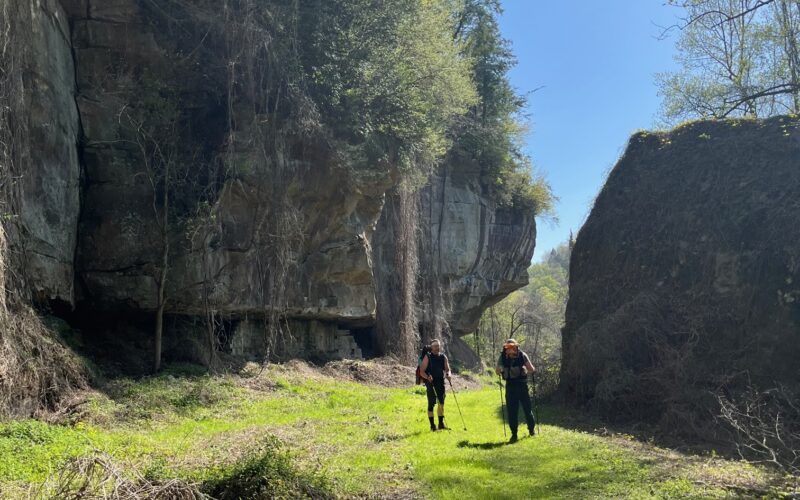
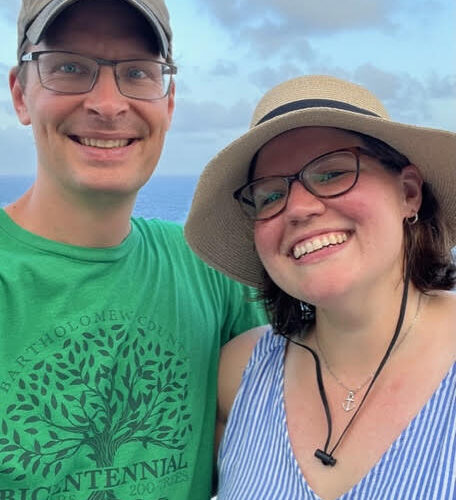
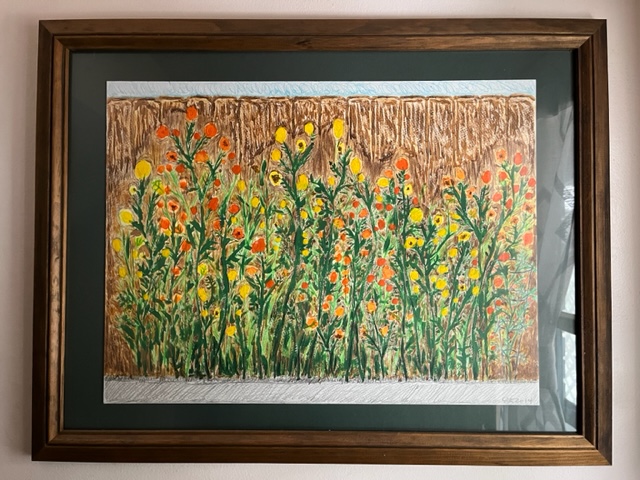
Recent Comments